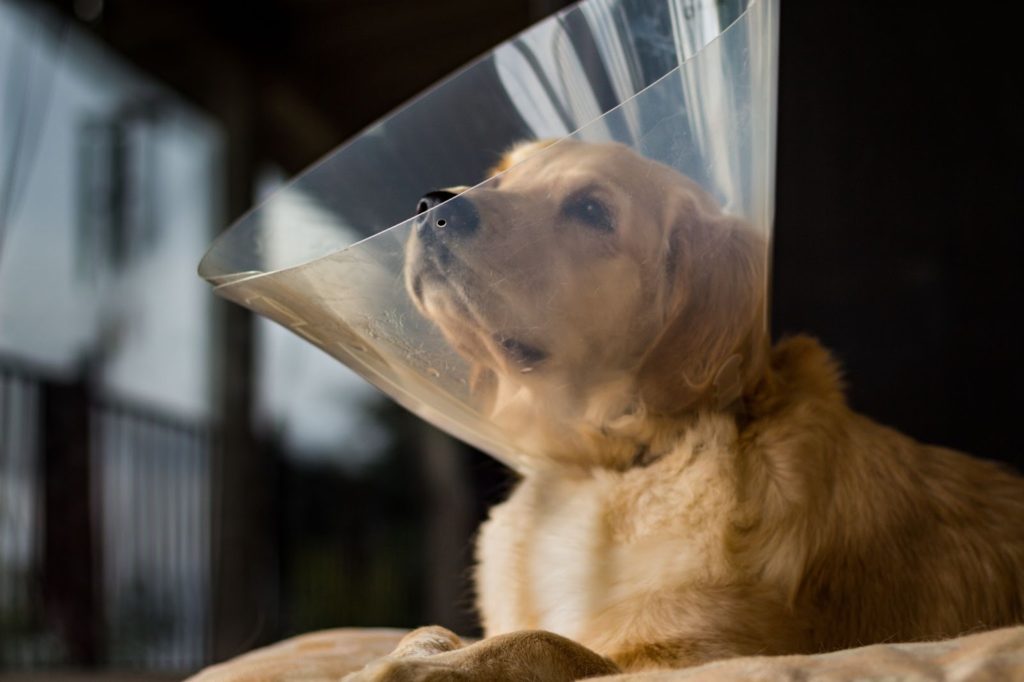Absorbable technology, also known as bioabsorbable or resorbable technology, has changed the way veterinarians practice veterinary medicine and surgery. Bioabsorbables are used for bone plate applications, sutures, and staple lines of soft tissue approximation. Bioabsorbable materials have played a key role in the advancement of minimally invasive procedures for human patients and are now being utilized in veterinary procedures.
Some common types of absorbable technology include:
1. The benefits of absorbable technology
Absorbable technology has benefits to pets because it can offer quicker-to-heal alternatives to traditional stitches, staples or even screws and plates. In addition, absorbable technology may reduce the need for a secondary surgery or veterinary visit.
Several journal articles have been written in the past several years which support the usage of utilizing this technology.
- In this study, it was found that absorbable sutures are advantageous in enterotomy incisions.
- Bioabsorbable screws have had successful application in fixation of osteotomies in canine femur surgery
- In the treatment of calvarial defects in dogs, the absorbable technology suggests a possible advantage in reducing surgical time and trauma.
2. What is the difference between bioabsorbable and nonabsorbable materials?
Bioabsorbables are natural or synthetic biodegradable polymers that can be broken down over time while in the body. Non absorbable materials are traditional materials such as silk, titanium or stainless steel.
2. How does absorbable technology work?
When veterinarians utilize absorbable technology, they are able to utilize procedures that would otherwise be considered too invasive for the patient in some cases, require a return visit (not always possible in the case of non-socialized animals), or surgeries that would potentially require a follow up surgery.
The bioabsorbable material is absorbed by the body over time. Absorbable sutures and staples are used in all fields of veterinary medicine, from simple procedures to orthopedic surgeries. Bioabsorbables have a proven track record among veterinarians and pet owners globally.
3. What the procedure is like for pets and their owners
Most pets are anesthetized for procedures that utilize absorbable technology just as they would be for more traditional surgeries. They may return home the same day or require a short hospital stay depending on how invasive the procedure is. Some pets have minor discomfort after surgery, but medications may be prescribed to help manage pain and speed recovery time.
4. How long does it take for bioabsorbables to be absorbed?
Bioabsorbables are completely absorbed by the body at different rates according to the type of material being used. The time frame can range from a few weeks to a few months (in the case of absorbable sutures) or several months when sealing a hip replacement or more invasive surgery.
5. Safety precautions to take before, during, and after surgery
When using absorbable technology, veterinarians will likely monitor for allergies and sensitivities before the procedure to make sure the material doesn’t pose a threat.
After surgery, it is important to monitor for infection and reduce stress on the surgical site. Veterinarians will let owners know what to look for in the case of allergic reactions or sensitivities and how to make sure their pet recovers quickly and safely.

What’s ahead for veterinary medicine?
New technologies are continually becoming available, and we are excited to be at the helm of bringing innovative products to both veterinarians as well as the veterinary healthcare market.
Visit our products page to see a few of the latest veterinary surgical devices and therapeutic agents we are proud to help represent.
Image credits:
1959688414/ BearFotos / Shutterstock
1485150038 / Kyla Mezker / Shutterstock




